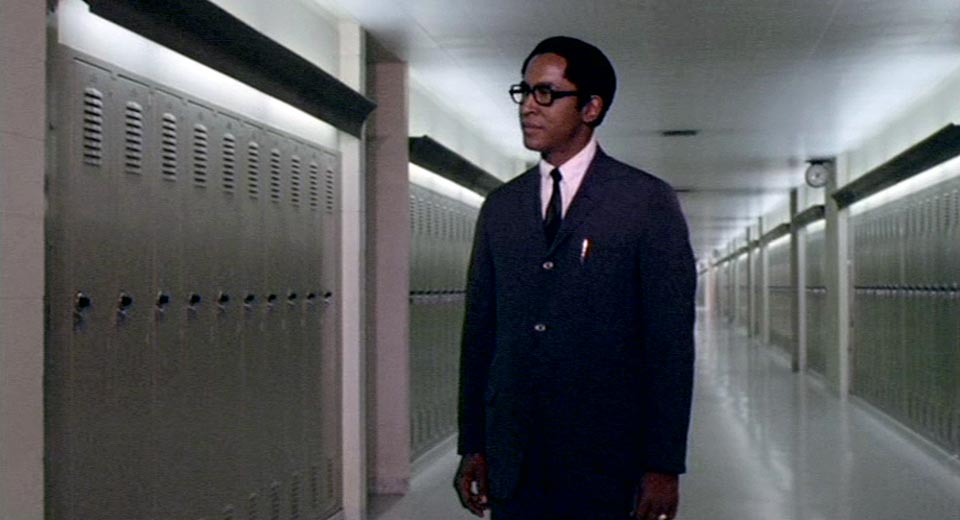
During a radio interview with Sam Greenlee, author of The Spook Who Sat by the Door, one of the hosts asks, "Now how did [the movie] come about? Did they approach you?" "There wasn't no 'they!'" Greenlee shoots back. To bring his controversial novel to the screen, Greenlee became a producer, partnering with filmmaker Ivan Dixon to sell shares to predominantly Black investors. It was a smart move: after the film was picked up for distribution by United Artists, the company allegedly caved to FBI pressure after the film's release and destroyed all the prints; the negative only survived because Dixon stored it at the lab under another name. In any case, it's impossible to conceive of a studio supporting what is effectively Black militant agitprop – an incendiary and uncompromising cry to organize and fight whose radicality remains undiminished.
Before he turned to writing, Greenlee had a background in government service, rising to the rank of first lieutenant in the army and serving in the United States Information Agency, which took him to Iraq, Pakistan, Indonesia, and Greece. He began to write Spook in Mykonos in the mid-60s, drawing on his experiences in bureaucracy and propaganda at the front lines of U.S. intervention in post-colonial countries to spin a tale about a man hired as a token Black CIA agent who flips and organizes a guerilla urban insurgency in the streets of Chicago and beyond. The opening scene, in which a white politician decides to wage a public relations campaign calling the CIA racist in a cynical ploy to gain Black voters, initially seems to suggest gonzo, Putney Swope-style satire. But once Dan Freeman (Lawrence Cook) completes his training and partners up with revolutionaries, the tone is ultimately sobering, structured as a methodical and damning critique of American racism. "The streets have to be kept safe," a Black police officer reasons to Freeman, who, unbeknownst to him, is trying to flip him to the cause. "Safe for who?" Freeman responds. "You're here to protect property, not lives." Even the moments of levity, which are not infrequent, are extraordinarily loaded, including a scene in which two men parody made-for-TV historical films about benevolent masters and grateful slaves, and a sequence in which a national guardsman is kidnapped, painted in blackface, dosed with LSD, and sent wheeling back to headquarters on a tricycle – before being shot in the chest. It's a film that offers plenty of lessons, but ultimately little comfort.


